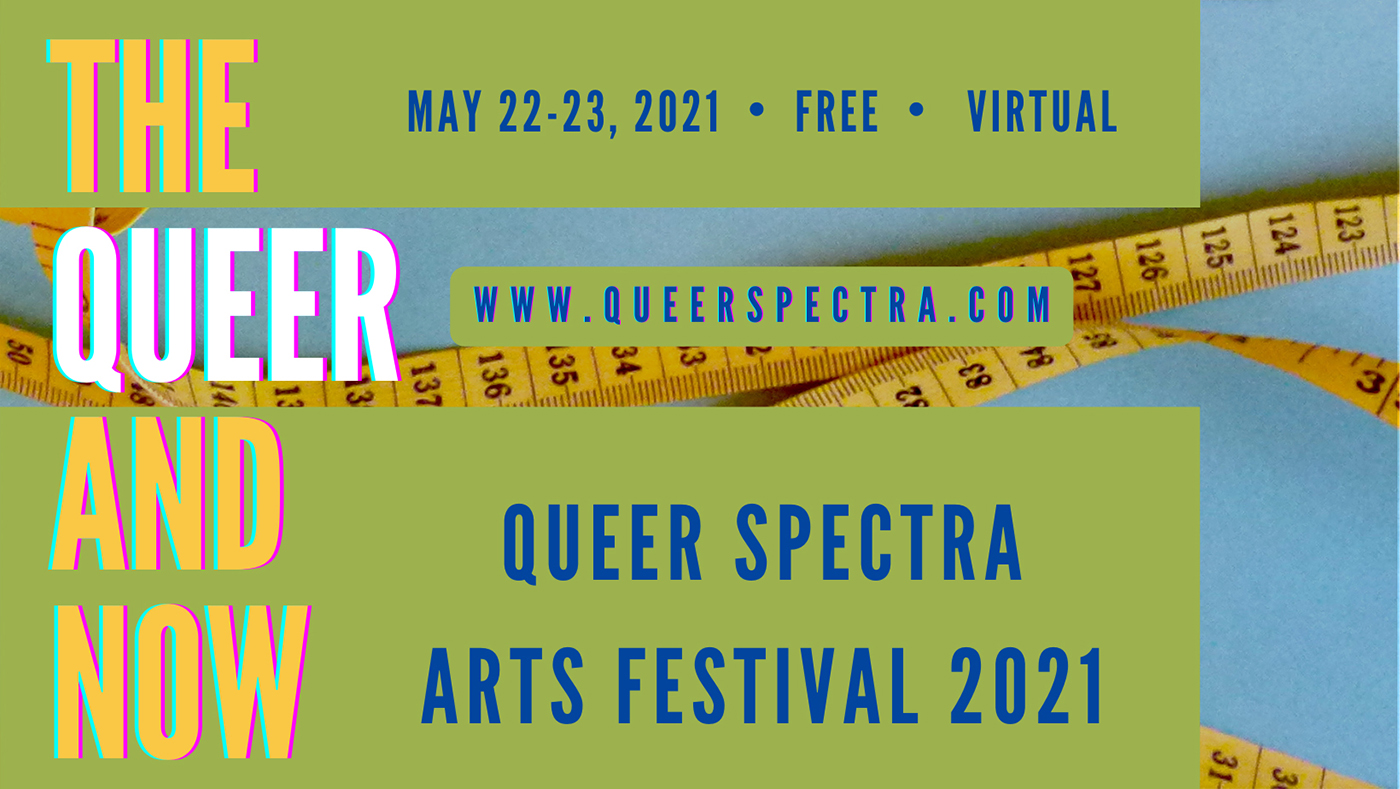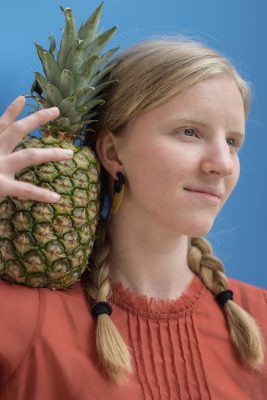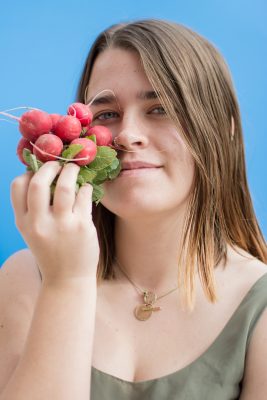
Queer and Now: How the Queer Spectra Arts Festival Captures the Tones of Intersectionality
Interviews & Features
Three years into its youthful tenure, Salt Lake City’s Queer Spectra Arts Festival has danced, swayed and spoken to the strange shifts of our world in more ways than the originators had imagined. Begun by modern dance graduates Dat Nguyen and Emma Sargent alongside Max Barnewitz and Aileen Norris, the collective decided that an interdisciplinary space for artists was the next step. Thus, the festival was born, bringing together queer-identified artists from muti-disciplines including dance, performance art, visual art and spoken word among others. “We felt that we needed to be directly in conversation with other art forms,” Sargent says. “We got excited about breaking down the silos between arts communities.” This originating conversion occurred in January 2019, and by May of that year, the first QSAF was quickly born. Now into year three, the team has grown to include Alex Barbier and intern Yein Ji in an egalitarian collaboration to create the complex festival that streams online May 22–23.
 For Queer Spectra, breaking down barriers between artists goes beyond mediums and into an intersectional consciousness and practice. “When you’re only seeing whiteness or able-bodiedness represented, it loses the vibrancy that’s such a joyful part of being queer,” Norris says. “We’ve been dedicated to that since the beginning. We have keynotes and panels and get to engage the audience with conversations. Queerness can be such a unifying experience with such diversity within it.”
For Queer Spectra, breaking down barriers between artists goes beyond mediums and into an intersectional consciousness and practice. “When you’re only seeing whiteness or able-bodiedness represented, it loses the vibrancy that’s such a joyful part of being queer,” Norris says. “We’ve been dedicated to that since the beginning. We have keynotes and panels and get to engage the audience with conversations. Queerness can be such a unifying experience with such diversity within it.”
“When you’re only seeing whiteness or able-bodiedness represented, it loses the vibrancy that’s such a joyful part of being queer.”
Artists from numerous backgrounds come together in QSAF, including those with and without formalized training. “We are questioning the prerequisites that many institutions hold artists to,” says Sargent. Many of QSAF’s artists are young, upcoming and less traditionally privileged in terms of training, especially in terms of access to arts and academia. QSAF’s team hopes to continue the festival’s mission to expand accessibility to artists with less hefty portfolios or conservatory training, which are traditionally the costly and restrictive cultural prerequisites for validation for an artist. “By making the arts space accessible, the hope is to broaden what we consider ‘good art’ to be,” says Sargent.
This year’s festval theme is “The Queer & Now,” a notion hailing from Barbier’s and Sargent’s recent attendance in a seminar with dancer, choreographer and theorist Tommy DeFrantz. “We talked a lot about queerness as an aspirational, utopian future ideal,” says Sargent. Inspired additionally by the works of José Esteban Muñoz, QSAF set forth to capture these notions alongside the zeitgeist of the past year: “Everything has simultaneously sped-up and slowed-down,” Sargent says. “I don’t even know how to relate to the passage of time anymore. Taking a queer approach to time can be liberating. We want to encourage artists to consider space and time with their queerness.”
 “By making the arts space accessible, the hope is to broaden what we consider ‘good art’ to be.”
“By making the arts space accessible, the hope is to broaden what we consider ‘good art’ to be.”
QSAF has had to be entirely on-point in the past two iterations during a pandemic, since gathering was briefly and gruelingly untenable. “One of the most challenging aspects was working with our artists to honor the work they’ve made while presenting it in a virtual space,” says Norris. “I was so impressed by how they handled it. [Co-founder] Max Barnewitz made a virtual gallery to bring the feeling of being present in a space. Everyone really appreciated the sense of community that [we] created.” This year remains virtual, including with said 3D interactive gallery returning, in which attendees can craft avatars and participate in live conversation with one another while visiting.
Performance artworks will livestream online and expand upon the strange and wonderful ways performers adjusted to the format. “It’s making us consider where art begins and ends, seeing works performed in people’s home spaces,” Norris says. “This year, one of our panels will be around the idea of ‘bedroom art,’ allowing people to see a different side of you.” QSAF works are chosen by committee and are globally based, with this year’s array including 12 different countries thanks to the virtual format, another of the positives of the past adjustment for the festival. Some highlights for this year include the keynote by multimedia artist Timothy White Eagle, who is a mixed-race creator implementing installation, performance and embodiment in his many works. Several artists are returning with all-new mediums, including woven-fiber artwork by Rae Lubbert and more.
The Queer Spectra Arts Festival can be attended virtually this year May 22–23 via queerspectra.com as well as their Instagram and Facebook pages @queerspectra. The 3D gallery will be presented on Spoke, also linked to the website.